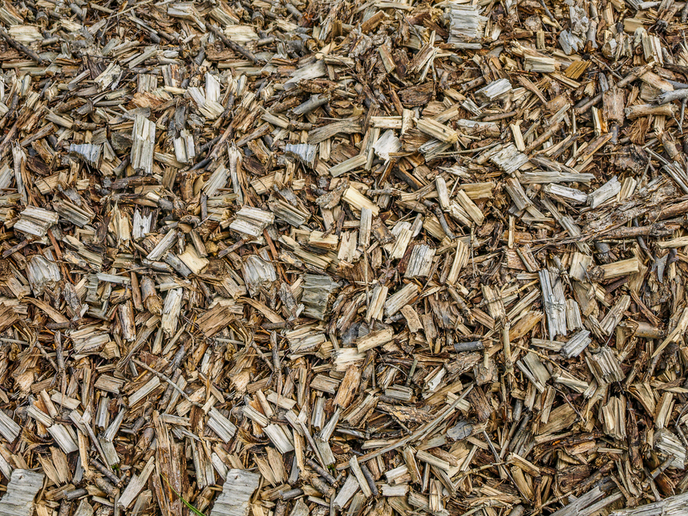Dynamically catalysed catalyst
The functional potential of synthetic catalysts is limited because of issues with temporal control over catalyst concentrations. Under the aegis of the DYNACAT (Catalysis in dynamic molecular networks) project, scientists explored the utility of dynamic molecular networks for better control over synthetic chemical systems. Dynamic molecular networks are usually used to create dynamic combinatorial libraries (DCLs). DCLs refer to molecular networks where the network members continuously exchange building blocks via reversible reactions under thermodynamically controlled conditions. Addition of a molecule shifts this equilibrium state to produce novel compounds-of-interest such as catalysts or receptors. A research group had successfully used a dynamic molecular network to induce catalyst formation from the dithiol substrates of the chemical reaction enabling disulphide exchange. DYNACAT designed new but bulkier reaction substrates to generate DCLs of disulphide-linked macrocycles from these dithiol building blocks. Their study aimed to determine if catalytic activity is correspondingly enhanced with the use of bulkier but otherwise identical dithiol building blocks. The initial templating studies indicate that the behaviour of these substrates would be identical to the initial substrate. Researchers also explored mixed DCLs with different building blocks of dithiols to enhance catalytic properties of the synthetic chemical systems, but met with limited success. Attempts to control catalysis through addition of effector molecules or obtain feedback behaviour also proved unsuccessful. DYNACAT designed and produced a substrate for an intramolecular 1,3-dipolar cycloaddition with promising templating results. They also developed and studied the utility of a structurally simple aromatic dithiol as a building block of a dynamic molecular network. Results were intriguing in terms of amplification of macrocycles when different amines, polyamines and ammonium salts were used as templates. Overall, DYNACAT studies provided novel insight into DCLs in different catalytic scenarios via control mechanisms such as feedback that is mostly seen in biological systems. These findings could also have applications in fields such as molecular recognition and supramolecular chemistry. This, in turn, could be used to elucidate complex biological systems.







